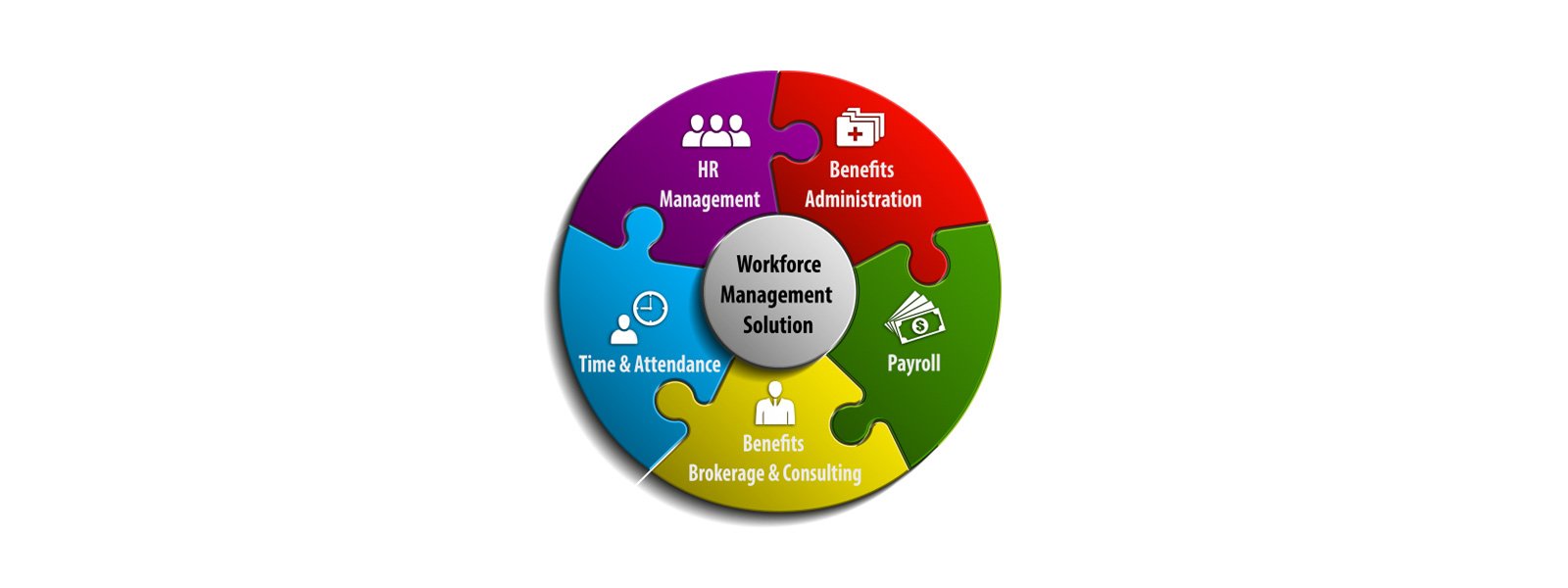A Human Resources Information System (HRIS) or Integrated Workforce Management System (IWMS) used to be a “nice to have” for mid-sized companies. Today, it is very difficult to run a high-impact HR operation without an integrated technology platform, especially in light of reporting requirements under the Affordable Care Act (ACA).
All too often, companies rely on several HR information systems to handle HR processes. Benefits administration, payroll, time and attendance, and HR management function is handled by different people, departments and computer systems or software that are not sharing information. In this case, the HR department has a great burden of manually entering and updating necessary information for consistency and accurate tracking across multiple systems. Serious errors will undoubtedly occur in a manual data entry environment, no matter how conscientious the person or department is handling it.
Sadly, I meet many HR professionals who have experienced serious issues as a result of simple errors from manual entry. For example, when an employee receives a raise, his or her life insurance and disability premiums likely need to be adjusted. If this data is manually updated across different systems, incorrect information can accidentally be provided to health insurance carriers and result in denied claims. The emotional and financial distress for the employer and employee can be exorbitant.
Also, with changes under ACA, it is nearly impossible to comply with the reporting requirements without an integrated HRIS system. For instance, 1094 and 1095 reporting requires information from different sources, including payroll, time tracking, human resources, benefits administration and insurance carriers. Gathering accurate information can quickly become challenging, and you could even face fines if your submission contains errors.
The bottom line is this: employee benefits are a major cost for every company. If your HR and benefit data are not entered and tracked properly, or your different human resources software is not integrated and at least partially automated, you might not even know when you’re losing money and exposing your business to compliance issues.
How integration works
In my experience, most executives aren’t fully aware of their disparate HR and benefits information systems. What they don’t always realize is that, now there are efficient and reliable solutions for hr information systems.
A modern integrated employee benefits administration system will give the company owner, the CFO, and members of the HR staff each their own username and password to a single, web-based application that serves as the one location to view and manage all transactions. Streamlined, accurate and up-to-date data is communicated by the HRIS application directly to all the company’s benefit carriers. When information in one part of the system changes — when an employee receives that salary increase or adds a dependent to her medical plan — that data is automatically updated across the rest of the system. Plus, each employee can log in, from anywhere, and the single system becomes the employee’s one-stop-shop for time-card management, benefits information, payroll information, even to request time off.
Employees only see information that’s specific to them, eliminating the need to sort through benefits data that doesn’t apply to them. For the HR department, everything is now in one place. An integrated system can also provide consolidated billing for all insurance premiums, which can offer a massive improvement in efficiency.
Selecting an IWMS
Many HR management consulting companies provide employee benefits administration systems, but the quality of their services varies greatly. In order to help you vet and narrow your choices among the many types of HRIS you may want to do your due diligence and ask for recommendations from your industry peers, check facts and follow-up with references. Points to consider:
- A highly reputable company with extensive industry experience, has the resources and best practices to implement your system smoothly.
- A company that offers web-based technology will allow regular and critical software updates and easy access and collaboration anywhere, anytime for your employees and HR team. Another important advantage of a cloud-based system is backing up all your information as opposed to having to store it on your office server, which can be costly to maintain especially if it crashes.
- Having a dedicated service team can help you implement the system, train you, and assist to maximize its efficiencies and your return on investment. Implementation and continued service is probably the most important aspect of selecting the right provider.
Easier than you think
An integrated employee benefits administration system that tracks and manages employee information, automates certain tasks, and provides checks and balances on the quality of data will help you ensure compliance, An HRIS that tracks and manages employee information, automates certain tasks, and provides checks and balances on the quality of data will help you ensure compliance, improve efficiency, and, most important, keep your company from losing money in your HR and benefits management activities.
Any major software and system implementation can feel like a Herculean effort. PSA is equipped to help companies strategize and smoothly execute the transition, and can offer exclusive rates for partnering with a third-party data management specialist. Interested? Feel free to email me at rsinger@psafinancial.com.




